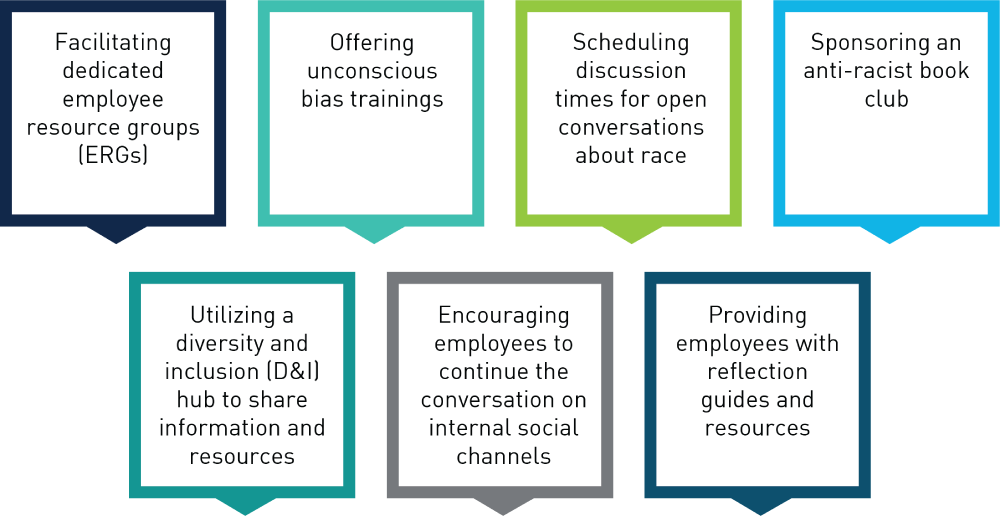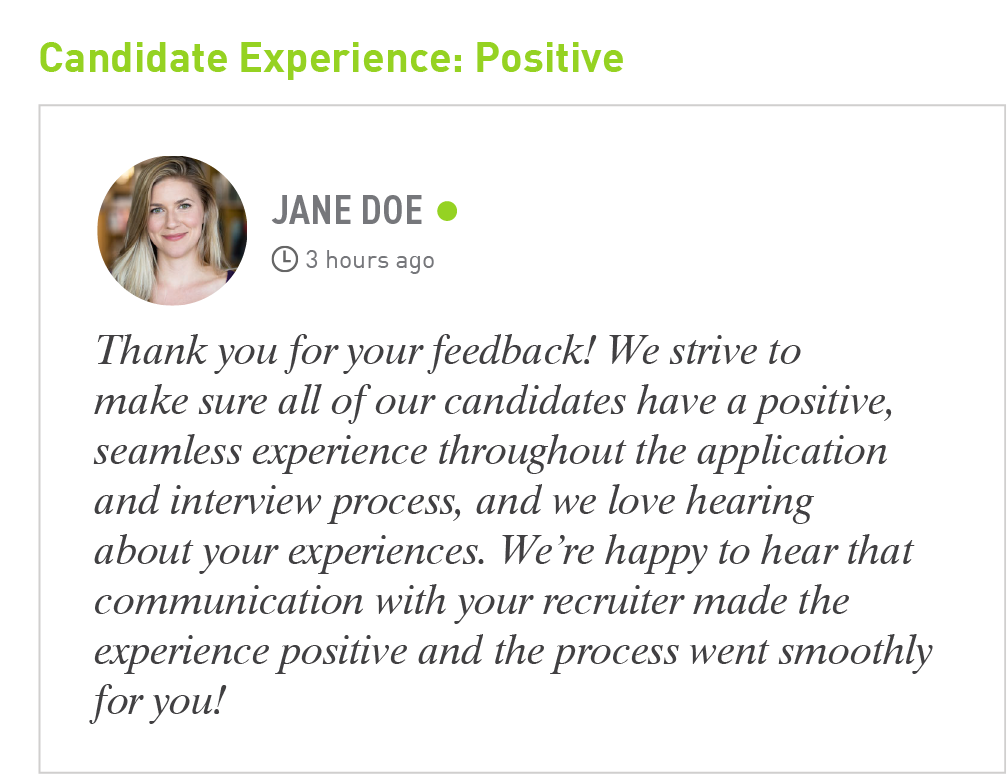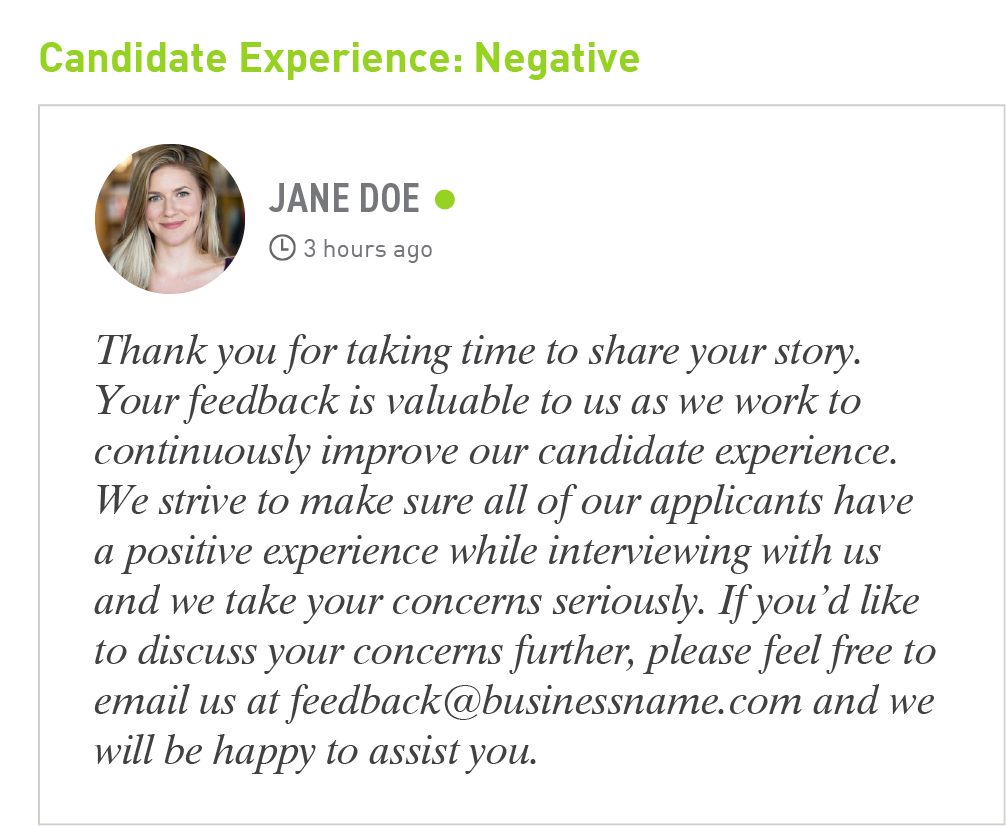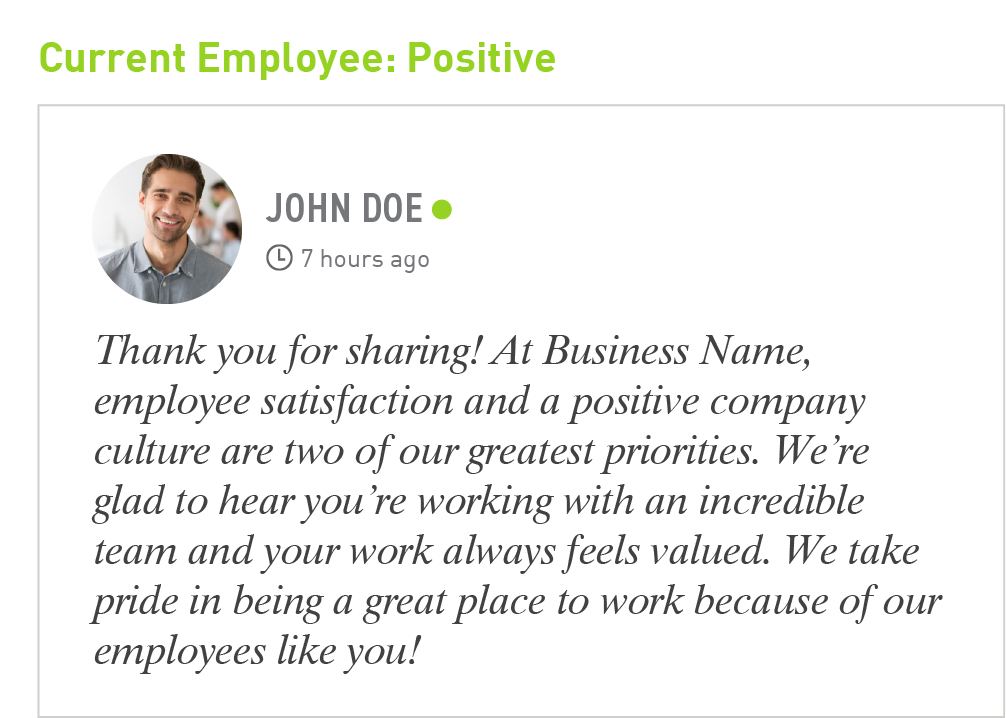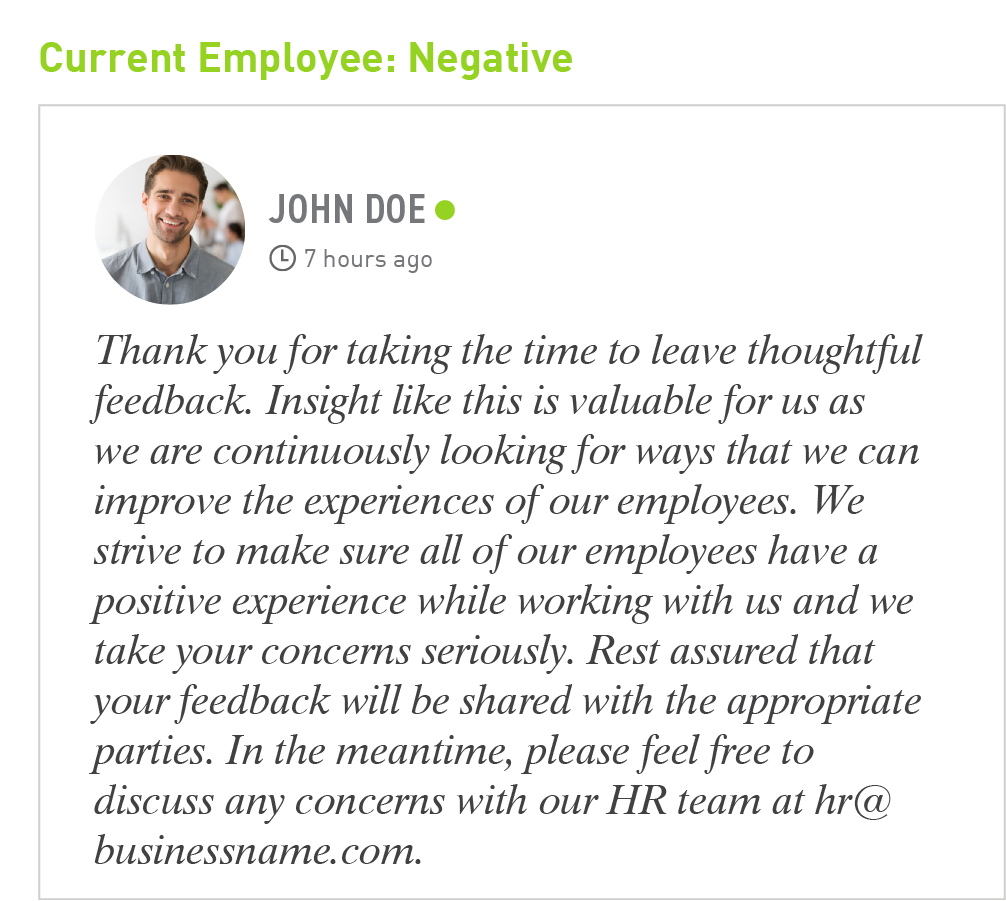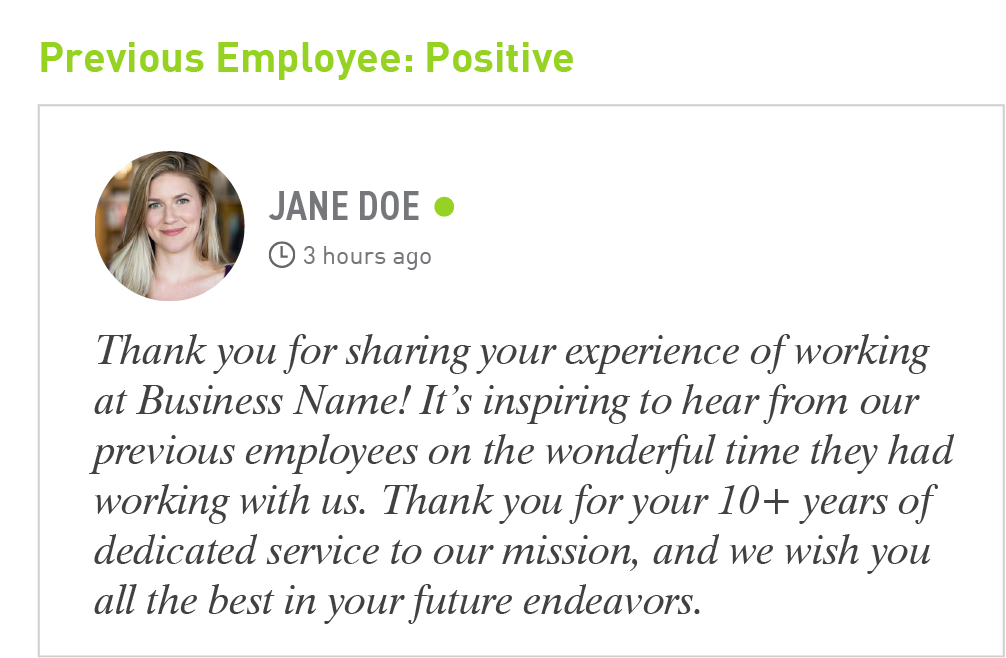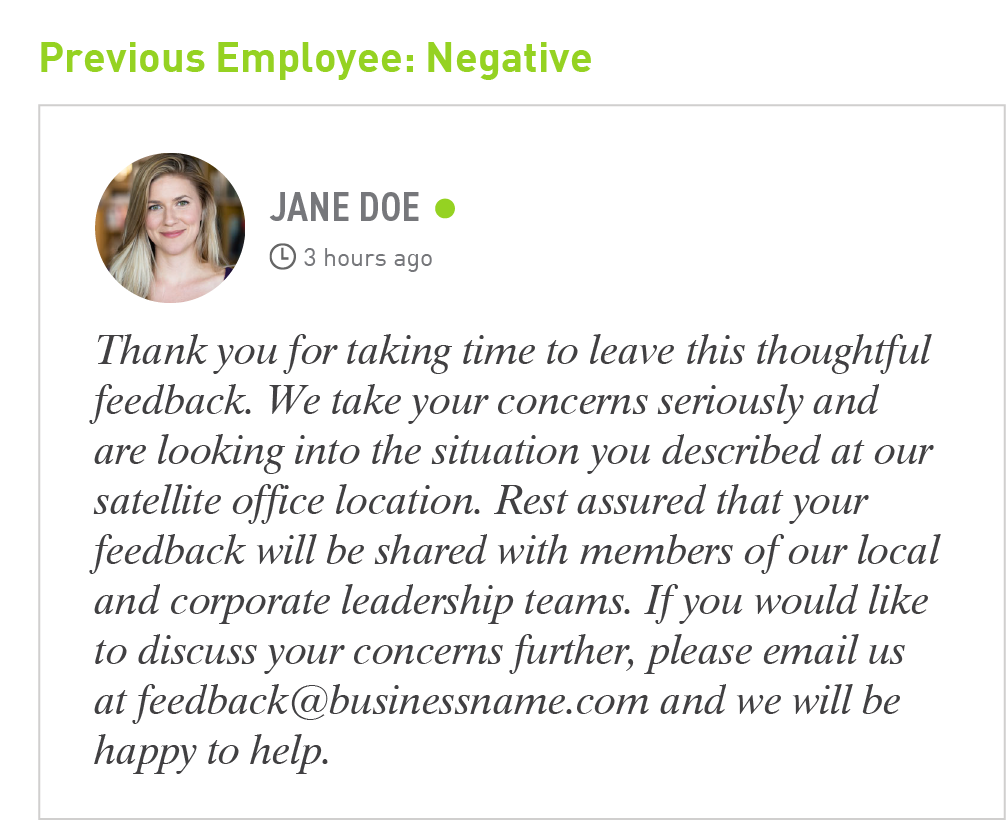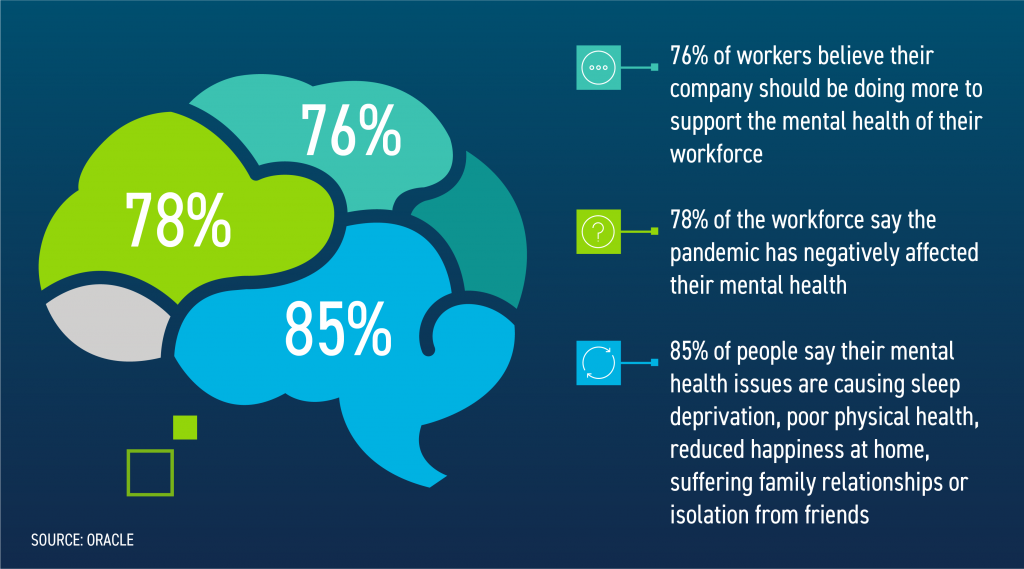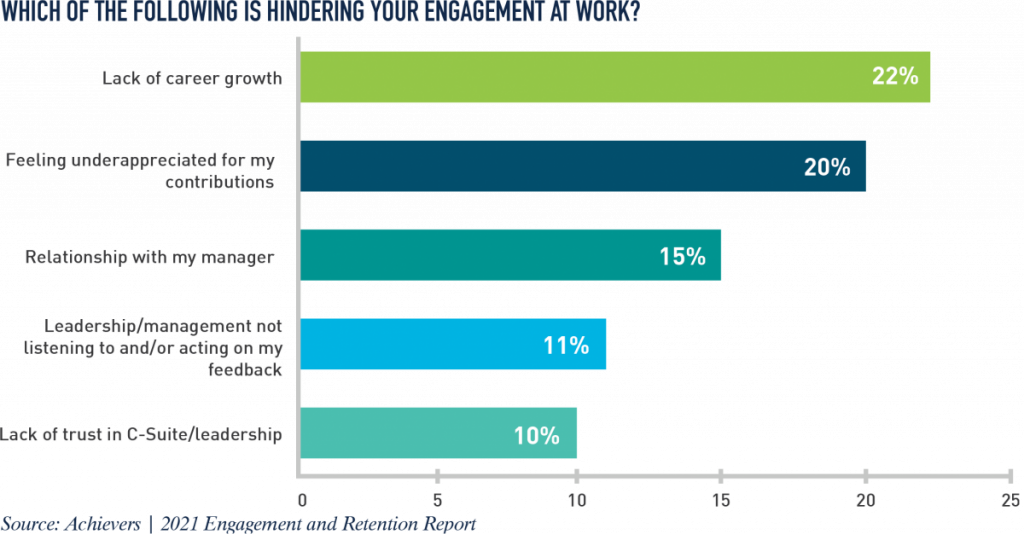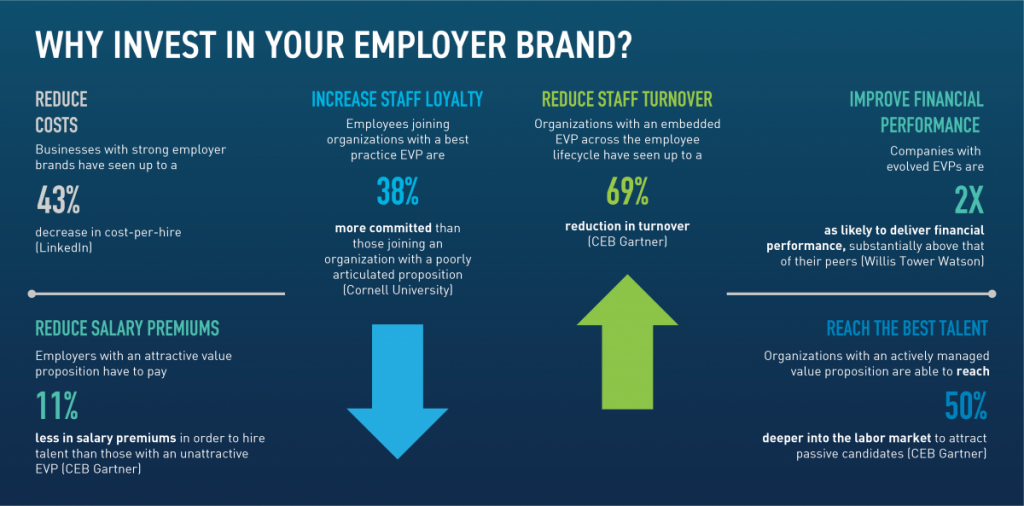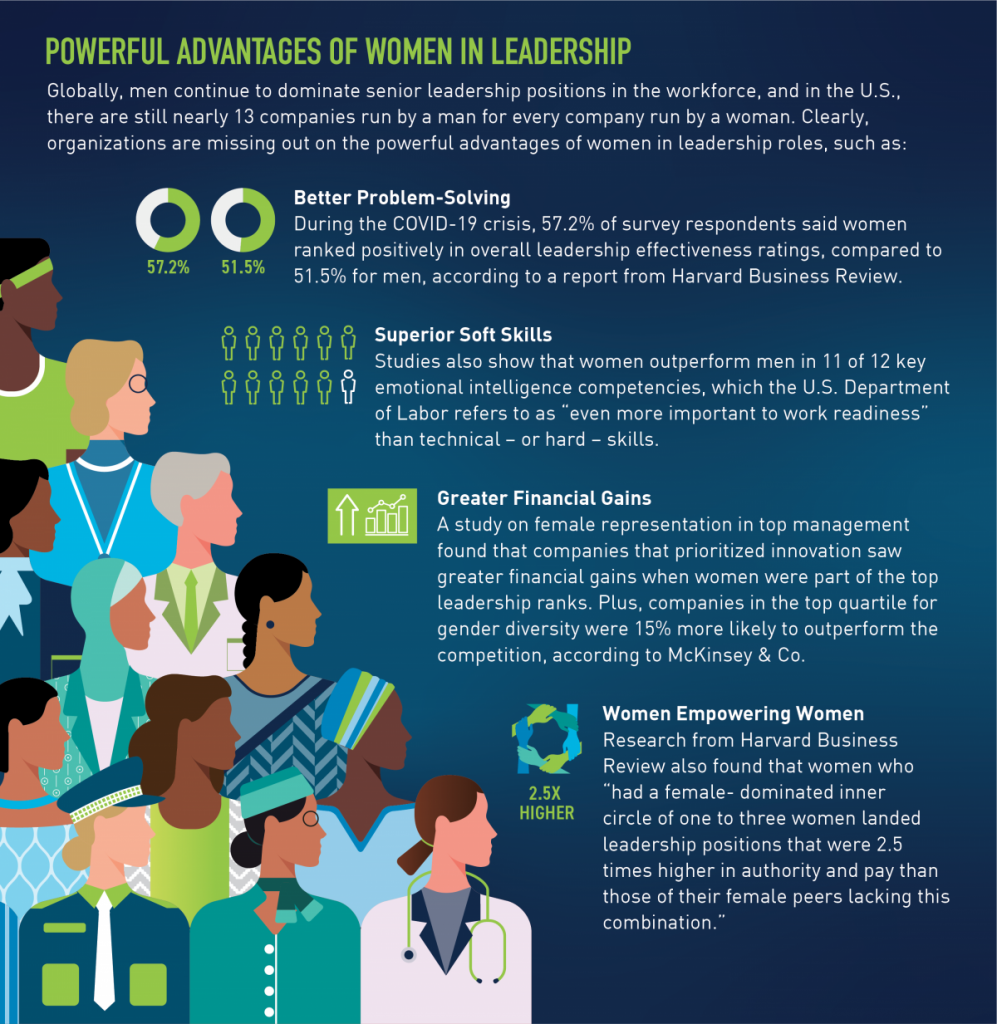In the world of talent acquisition, a brand’s presence online can lead candidates to discover new opportunities. And, employers and brands are taking the hint – maximising the online candidate experience through personalisation and optimisation.
This brings us to the importance of digital recruitment marketing. Digital recruitment marketing is a way for employers to source and attract potential candidates; it can include social media, email marketing, display advertising and more.
Through this article, we’ll share some important aspects of digital recruitment marketing, including building personas, trending digital marketing strategies and channels, and website optimisation.
Understanding & Creating Candidate Personas
Understanding the key characteristics of the candidates your organisation wants to hire provides context to who they are, which is why organisations create candidate personas. Personas are profiles that represent different types of candidates, focusing on individual characteristics. They create alignment across your recruitment and sourcing strategies.
Personas are organised, analysed and assembled by gathering internal data that reflects candidates’ behaviours, interests, goals and challenges. Let’s dive into how to build your personas.
How to Build Your Personas:
1.Gather Your Data: Focus your data on successful hires and placements within your organisation. Interview professionals who currently work in the type of role you’re seeking to fill to understand what qualities make them successful. Prioritise data points such as:
- demographic information
- background
- personal attributes
- qualifications
- goals
- objections
- web activity
Also, try to gather anecdotal evidence or commentary by consulting other recruiters and hiring managers who have hired for that role in the past.
Quick Tip: Aim to gather as much information as possible regarding each position or job opening. The more data you have to work with, the more detailed your personas will be.
2. Identify Trends: Once you’ve gathered your data, it’s time to analyse the information and identify shared trends and traits. This is where your personas will really start to take shape. How do you do this? Start by asking some important questions:
- Which characteristics or traits do ideal candidates share?
- What motivates the ideal candidate?
- Where does the ideal candidate search for jobs?
- What are the ideal candidate’s goals and aspirations?
These questions – and those similar – will lead you to draw conclusions about the candidate who will best meet your needs for any given role or job opening.
3. Assemble Your Personas: After collecting and analysing your data, the next step is to assemble your candidate persona profiles. At this stage, you will use the insights you’ve discovered to create a profile of your hypothetical candidate. Some organisations create personas and associate them to profiles with names and pictures to seem more realistic and multi-dimensional; however, be aware of unconscious bias. A good way to avoid bias is to create personas that are based on research and surveys done within your organisation, and to focus only on the specific needs and challenges of potential candidates.
What’s Your Digital Strategy?
Content Marketing
Before you post on your digital marketing channels, focus on the importance of strategically crafting your content. The content you post should be more about your audience, or potential candidate, than it is about your brand. It’s a conversation that says, “We would be lucky to have you as an employee,” versus, “You would be lucky to work for us.”
To have this conversation, your content needs to adhere to your candidate persona’s desires and interests. Your content also has to create a narrative and capture your audience’s attention, while driving home your selling points in a concise way. For example, social media is one trending digital marketing platform. It is a very distracting environment, and you have very limited time to connect with candidates. So, it’s vital to know what you need to say to them via posts, tweets and images, and truly connect the right candidate, or persona, with your open jobs.
Social Media Marketing
I recently hosted a Talking Talent Webinar, “Digital Recruitment Marketing: A Guide for Employers.” During the webinar, I asked attendees to answer the question, “Which recruitment marketing strategies would you like to implement at your organisation?” What was one of the top answers? Social media marketing, of course, with 36.4%.
- Conversion rate optimisation – 45.5%
- Social media marketing – 36.4%
- Email marketing/marketing automation – 36.4%
- Pay-per-click advertising – 9.1%
- Display advertising – 9.1%
- Search engine optimisation (SEO) – 18.2%
- Viral digital marketing – 36.4%
- None of the above – 0%
- Don’t know – 27.3%
Although proven to be effective, not all social media channels are created the same. Each platform has its own particular set of users with their own quirks as to how they interact with content. Candidate personas can help you identify your target candidates and shape your social strategy to fit each candidate’s specific preferences. You can utilise them to prioritise the platforms you use, to personalise your messaging, and to share content that engages your ideal candidates.
A helpful tip when approaching social media marketing is to start by researching all of your top competitors. Check each of their social media pages and see:
- what content they are posting
- how often they are doing so
- how many users are engaging with that content
- what platforms they’re using
Once you conclude which social media platform is yielding the greatest results – whether it’s Facebook, LinkedIn, Twitter, Instagram, etc. – focus your personalised content on that particular site.
- 80% of employers say social recruiting helps them find passive candidates
- 70% of hiring managers say they have successfully hired through social media
- 91% of employers are using social media to hire talent today
Career Sites Matter – A Lot
If your targeted candidates engage with you on digital recruitment marketing channels, often they then arrive at your website. Your website is the backbone to your digital footprint and communications. Not only should an immense amount of effort go into creating a site that has engaging content and is aesthetically pleasing, but it must also be user-friendly for potential candidates.
It’s vital that your website or career site is optimised for job-seekers. Optimising key words in job descriptions, and ensuring your links are working properly and that your site is mobile friendly can help candidates find your organisation and apply to your jobs.
When building a career site, the process, structure and flow of the site must be deliberate. Site flow is a major contributing factor to increasing the number of candidates that move through the funnel and make it through the application process; It’s all about user experience.
What’s Important in the End
Ultimately, an effective digital marketing campaign takes time, patience, planning and teamwork. It’s important to build customised campaigns that cater to candidate personas, be clear on your branding efforts, really push your employer brand’s unique selling points, and optimise your careers site for search engines and conversions. Put together, each aspect creates a strategy that is focused on personas and will be beneficial as you move forward in searching for candidates in the digital recruitment space.

